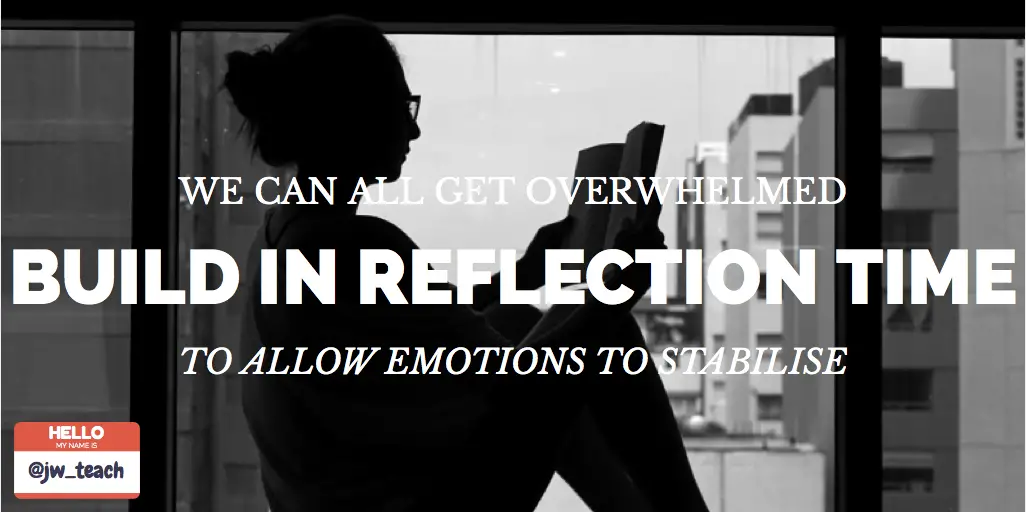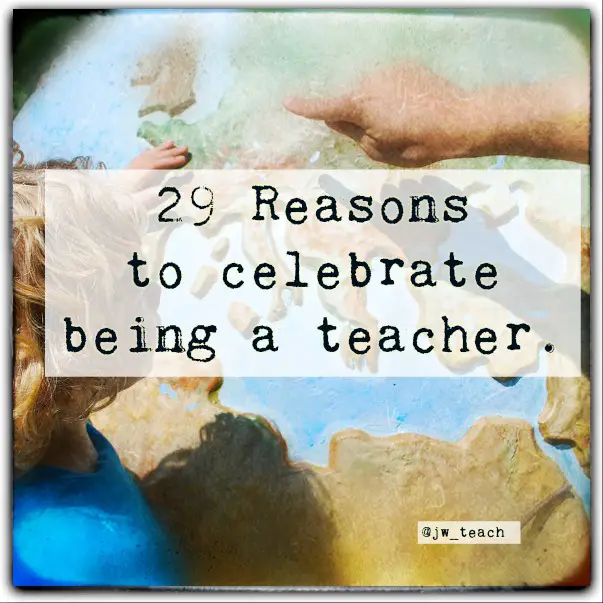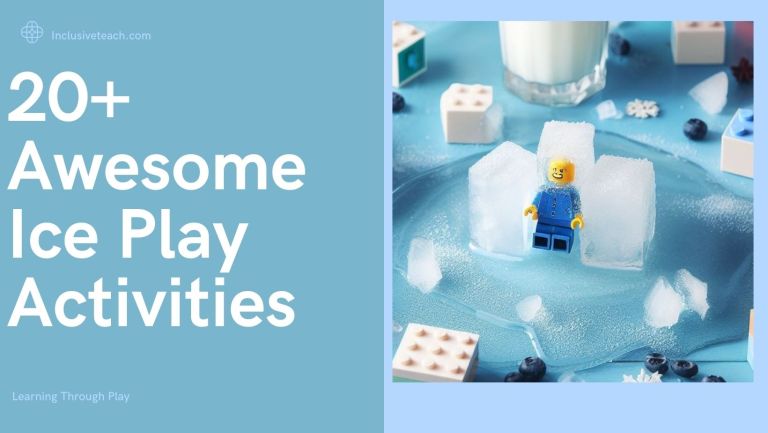15 Top Tips for Delivering Engaging Behaviour Management Training for Teachers
Effective Behaviour Training
I am a principal instructor for a behaviour support training network. This gives me the opportunity to visit and train in a lot of special schools. The best part of our network is that it is not a hierarchy. It is truly a collaborative team approach to delivering behaviour training.
There are behaviour instructors from a range of backgrounds and with widely differing levels of experience in specific fields of education. All currently work in either special schools or alternative provision. No school has enough instructors to train all their staff. That means we rely on each other to support the training needed. You may find yourself delivering to a group of staff you don’t know, in a school you haven’t been to before.
In this case you have two options. Deliver of powerpoint of prefabricated out of the box slides. Rely on the person from the school to make you a powerpoint to read.
Promoting Engagement During Behaviour Training.
You have to promote discussion, interaction, and engagement. With your group model the values you are trying to teach. When you say there is a child-centered approach to supporting challenging behaviour make sure you as instructors are listening to those you are there to train, to teach.

Before becoming an instructor I had sat through the out-of-the-box training at least 5 times (yearly CPD requirement) and despite tweaks and being delivered by different instructors It was, to be blunt, draining. I was not alone in being disengaged. Thinking I knew the answers, that I was there to tick a box.
Since taking the lead I vowed that I would do my best to ensure those in the training didn’t feel like that. I scrapped the old ppt, made a smaller one with more visuals and far fewer words (and a third of the slides) and tried to ensure I wasn’t talking more than the groups.
We have also recruited more instructors from front-line staff (non-SLT) this has improved the rapport with groups who felt more confident in airing views and asking for help rather than trying to show how much they knew (for brownie points)
We teach as part of PBS that it is our reactions to interactions to challenging behaviour that will determine the outcome. We should not be afraid to allow people to challenge us and our thinking.

Here is the rewritten article to improve SEO and readability while focusing on the keyword “effective behaviour training”:
15 Top Tips for Delivering Behaviour Training for Teachers
Understanding adult learning is key to providing effective behaviour training for teachers. Adults learn best when the material is practical and applied using real examples from the classroom. Follow these best practices to help teachers develop the skills to create a positive learning environment.
Engage Adult Learners
- Relate training to teachers’ experiences in the classroom. Encourage them to share relevant stories and challenges.
- Use realistic scenarios and case studies so teachers immediately see the relevance of the training.
- Incorporate interactive elements like discussions, roleplay, and problem-solving activities. Adults learn better when actively engaged.
- Provide choices in activities and room for teachers to guide their own learning. Adults prefer autonomy.
Focus on Practical Behaviour Support Strategies
- Demonstrate behaviour techniques through modelling and videos. Allow for practice and repetition.
- Share specific examples of how strategies can be applied in everyday teaching. Avoid vague theoretical concepts.
- Include printable tools like the QABF, tip sheets, and job aids with practical steps teachers can reference later.
- Highlight relevant laws, policies, and guidelines around student behaviour and discipline.
Support Ongoing Learning
- Schedule follow-up sessions and classroom observations to provide feedback as teachers implement the training.
- Create online forums or communities of practice for teachers to collaborate and problem-solve together.
- Share additional online courses, books, and resources for teachers to continue developing their skills.
- Survey teachers on the relevance of the training and how it could be improved.
Assess Effectiveness
- Define clear learning outcomes and indicators of success for the training.
- Observe teacher and student behaviour before and after the training to measure impact.
- Conduct self-assessments or knowledge checks to identify areas for additional training.
Keep the focus on equipping teachers with practical strategies in a collaborative environment. Adult learners thrive when training directly applies to their work. Follow-up support and assessment also help sustain learning over time, leading to positive behavioural outcomes.
Certainly! Supporting school staff in delivering engaging behavior support training is crucial for creating a positive and effective learning environment. Here’s a comprehensive guide to help you achieve this:
Guide for Delivering Engaging Behavior Support Training to Teachers
1. Understanding Behavior Interventions:
- Start with Basics: Ensure staff understand the purpose of behaviour interventions. Explain that these strategies aim to reduce challenging behaviours and improve overall student well-being.
- Positive Behavior Strategies (PBS): Introduce PBS as evidence-based, proactive approaches that focus on changing behaviour. Emphasize that behaviour communicates needs.
- Empathy and Curiosity: Encourage staff to view behaviour with compassionate curiosity. Help them shift from “fixing” students to understanding their needs.
2. Building a Supportive Environment:
- Relationships: Highlight the importance of trust between teachers, students, and families. Show empathy and collaborate with students to understand behaviour triggers.
- New Skills: Teach staff how to reinforce new behaviours that serve the same purpose as challenging ones.
- Multiple Perspectives: Prompt staff to consider various reasons for behavioural difficulties (language barriers, cultural differences, etc.).
3. Training Strategies:
- Functional Behavior Assessment (FBA): Collaborate with specialists to assess behaviour triggers and create appropriate intervention plans.
- Professional Development: Provide ongoing training to ensure high-quality delivery. Cover topics like self-management, role-play, and rehearsal.
- Adaptability: Customise training materials to suit your school context. Add videos and interactive resources for visual engagement.
4. Examples of Positive Behavior Strategies:
- Pre-correcting: Anticipate challenging situations and address them proactively.
- Prompting: Use cues to guide desired behaviour.
- Nonverbal Signals: Develop consistent signals for redirection.
- Routines: Establish predictable routines in the classroom.
- Task Assessment: Break tasks into manageable steps.
- Positive Phrasing: Frame instructions positively.
5. Collaboration and Resources:
- Team Approach: Involve all staff members. Behavior support is a collective effort.
- Behaviour Intervention/Support Plans (BIPs): Work with specialists to create individualised plans.
- External Resources: Explore videos and lessons from organizations like the PDA Society
6. Post-Training Support:
- Debriefing: Reflect on evaluation feedback from training sessions and address any concerns.
- Education Recovery: Use behaviour support strategies as part of recovery efforts post-COVID-19.
Engaging behaviour support training empowers staff to create a positive, inclusive, and effective learning environment.
To Conclude our Post On Behaviour Training
Those running training often come as the experts. But x is an unknown quantity and a spurt is a drip under pressure. We are there to guide, share our experiences, and share the ethos of what positive behaviour support or PBS looks like in our schools.
We need those working with the most vulnerable students to feel equipped and confident that we know what we are talking about because we live it everyday, not because it is on the powerpoint.






